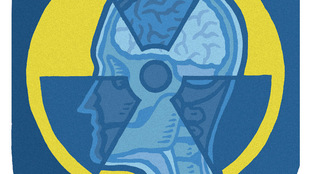 loading
loading
FindingsThink twice about that CT scan Gregory NemecView full imageIf you have a job that involves ionizing radiation, the federal government requires your employer to keep a close eye on your exposure. But what if you’re just a patient? A new three-year study of nearly a million patients under 65 shows that a “sizable minority” received radiation doses above the workplace limits. “There’s a widespread perception that imaging tests are risk-free,” says School of Medicine epidemiologist Harlan Krumholz ’80, a leader of the study. “But while the cancer risk for each individual is probably small, it's not zero.” The number of diagnostic tests involving radiation has skyrocketed. One study found that in 2006 Americans were exposed to seven times the radiation from medical imaging than in 1980. The number of CT scans jumped from about 3 million to 62 million. Nuclear plant workers cannot receive more than 50 millisieverts (mSv) in one year, and their annual average over a five-year period must be lower than 20 mSv. (You receive about 0.1 mSv from a typical chest x-ray.) Krumholz and colleagues examined the medical records of 952,420 adults between the ages of 18 and 65 who were enrolled in UnitedHealthcare. About 2 percent received doses between 20 and 50 mSv in a single year, and about 0.2 percent received more than 50 mSv in one year. Krumholz estimates that about four million nonelderly adults get a cumulative radiation dose higher than 20 mSv annually. “These findings reinforce the need to be sure that every imaging test is necessary for key clinical decisions.”
The comment period has expired.
|
|